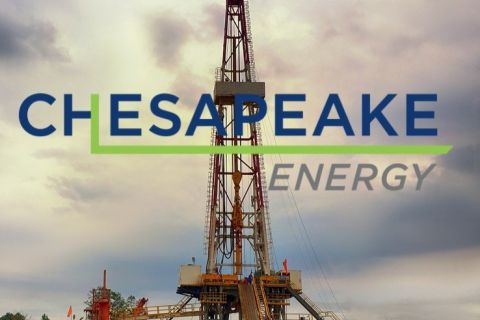Offshore oil and gas drilling operations in the U.S. Gulf of Mexico (GoM) emit far more methane than government estimates suggest, according to a study released on April 13 by the University of Michigan.
Drilling platforms emit about half a teragram (Tg) of the planet-warming gas each year, according to the study, which claims to be the first to use aircraft to take direct samples of emissions during normal operations.
By contrast, the U.S. Environmental Protection Agency’s (EPA) Greenhouse Gas Inventory report last year found GoM offshore platforms emitted about 0.33 Tg of methane, according to calculations by the Michigan researchers.
The study relied on measurements from January 2018, well before the current coronavirus pandemic slashed demand for fuel and crushed prices and oil production.
A half a teragram of methane has roughly the same climate impact as driving 31 billion miles in an average car, according to the EPA’s greenhouse gas equivalencies calculator.
“We have known onshore oil and gas production often emits more methane than inventoried. With this study we show that this is also the case for offshore production, and that these discrepancies are large,” said Eric Kort, an associate professor at the University of Michigan.
EPA said it updates its methods and data sources when new information is available to improve its emissions calculations. For instance, the agency released a new greenhouse gas inventory on April 13 that for the first time includes emissions estimates for offshore facilities in state waters in addition to federal.
Methane, the primary component of natural gas, is a greenhouse gas many times more potent than carbon dioxide when it escapes into the air unburned. The oil and gas sector is the largest single source of U.S. methane emissions.
The researchers said their study found that EPA’s estimates for emissions from shallow-water operations focused on natural gas were particularly low.
Large, older facilities in shallow water account for nearly 40% of emissions yet represent less than 1% of total platforms, the study found.
“By starting to identify and quantify the problem, with a particular focus on larger shallow water facilities, we can work towards finding optimal mitigation solutions,” Kort said.
The pilot study sampled air by flying over 12 oil and gas facilities using a small research plane. It also took measurements downwind of clusters of up to 70 facilities.
The researchers plan to take more samples over the next three years in the Gulf, Alaska and California.
Recommended Reading
Chesapeake Slashing Drilling Activity, Output Amid Low NatGas Prices
2024-02-20 - With natural gas markets still oversupplied and commodity prices low, gas producer Chesapeake Energy plans to start cutting rigs and frac crews in March.
Matador Stock Offering to Pay for New Permian A&D—Analyst
2024-03-26 - Matador Resources is offering more than 5 million shares of stock for proceeds of $347 million to pay for newly disclosed transactions in Texas and New Mexico.
NOV's AI, Edge Offerings Find Traction—Despite Crowded Field
2024-02-02 - NOV’s CEO Clay Williams is bullish on the company’s digital future, highlighting value-driven adoption of tech by customers.
Hess Corp. Boosts Bakken Output, Drilling Ahead of Chevron Merger
2024-01-31 - Hess Corp. increased its drilling activity and output from the Bakken play of North Dakota during the fourth quarter, the E&P reported in its latest earnings.
The OGInterview: Petrie Partners a Big Deal Among Investment Banks
2024-02-01 - In this OGInterview, Hart Energy's Chris Mathews sat down with Petrie Partners—perhaps not the biggest or flashiest investment bank around, but after over two decades, the firm has been around the block more than most.





